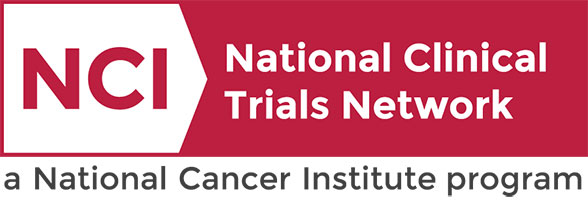This phase IV trial evaluates how well giving standard of care (SOC) peptide receptor radionuclide therapy (PRRT) after SOC surgical removal of as much tumor as possible (debulking surgery) works in treating patients with grade 1 or 2, somatostatin receptor (SSTR) positive, gastroenteropancreatic neuroendocrine tumors (GEP-NETs) that have spread from where they first started (primary site) to the liver (hepatic metastasis). Lutetium Lu 177 dotatate is a radioactive drug that uses targeted radiation to kill tumor cells. Lutetium Lu 177 dotatate includes a radioactive form (an isotope) of the element called lutetium. This radioactive isotope (Lu-177) is attached to a molecule called dotatate. On the surface of GEP-NET tumor cells, a receptor called a somatostatin receptor binds to dotatate. When this binding occurs, the lutetium Lu 177 dotatate drug then enters somatostatin receptor-positive tumor cells, and radiation emitted by Lu-177 helps kill the cells. Giving lutetium Lu 177 dotatate after surgical debulking may better treat patients with grade 1/2 GEP-NETs.
This phase III trial uses the Decipher risk score to guide therapy selection. Decipher score is based on the activity of 22 genes in prostate tumor and may predict how likely it is for recurrent prostate cancer to spread (metastasize) to other parts of the body. Decipher score in this study is used for patient selection and the two variations of treatment to be studied: intensification for higher Decipher score or de-intensification for low Decipher score. Patients with higher Decipher risk score will be assigned to the part of the study that compares the use of 6 months of the usual treatment (hormone therapy and radiation treatment) to the use of darolutamide plus the usual treatment (intensification). The purpose of this section of the study is to determine whether the additional drug can reduce the chance of cancer coming back and spreading in patients with higher Decipher score. The addition of darolutamide to the usual treatment may better control the cancer and prevent it from spreading. Alternatively, patients with low Decipher risk score will be assigned to the part of the study that compares the use of radiation treatment alone (de-intensification) to the usual approach (6 months of hormone therapy plus radiation). The purpose of this part of the study is to determine if radiation treatment alone is as effective compared to the usual treatment without affecting the chance of tumor coming back in patients with low Decipher score prostate cancer. Radiation therapy uses high energy to kill tumor cells and reduce the tumor size. Hormone therapy drugs such as darolutamide suppress or block the production or action of male hormones that play role in prostate cancer development. Effect of radiation treatment alone in patients with low Decipher score prostate cancer could be the same as the usual approach in stabilizing prostate cancer and preventing it from spreading, while avoiding the side effects associated with hormonal therapy.
Vanderbilt nanodrug may be a paradigm shift for cancer
A multidisciplinary research team at Vanderbilt University and Vanderbilt University Medical Center has discovered a new way to kill a tumor by disrupting its acidic microenvironment without harming normal tissue.
This clinical trial evaluates different nerve patterns to the throat muscles (stylopharyngeus and pharyngeal constrictor) and what they look like in different patients by measuring and photographing them in the neck during surgery when the nerves are dissected (separated into pieces) as part of regular surgical care. Researchers think that some of the muscles in the neck might be useful for treating a condition called obstructive sleep apnea (OSA). This happens when muscles of the throat relax at night and the airway becomes blocked. Blockage of airflow leads to drops in oxygen levels and can disturb sleep by forcing a persons brain to wake to restore airway muscles so they can breathe. This trial may help researchers provide a new way to treat OSA that may be better than the current standard ones.


